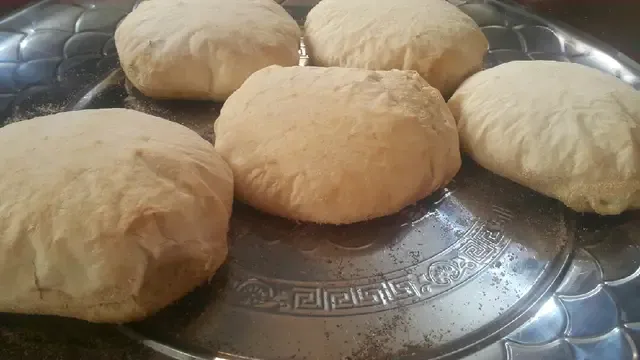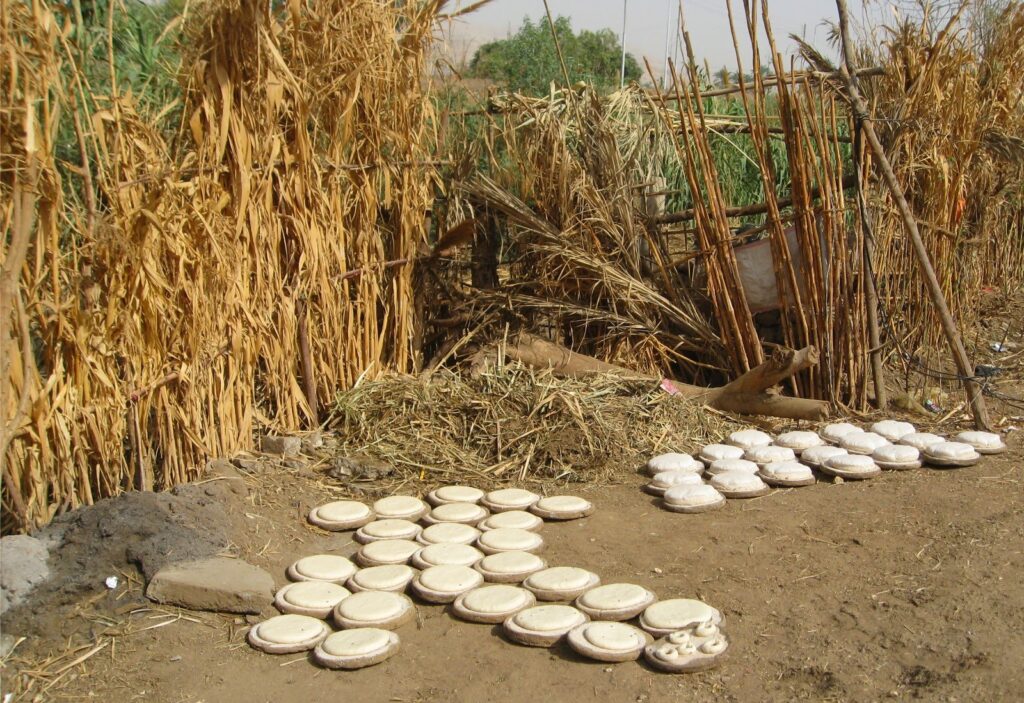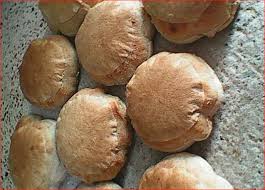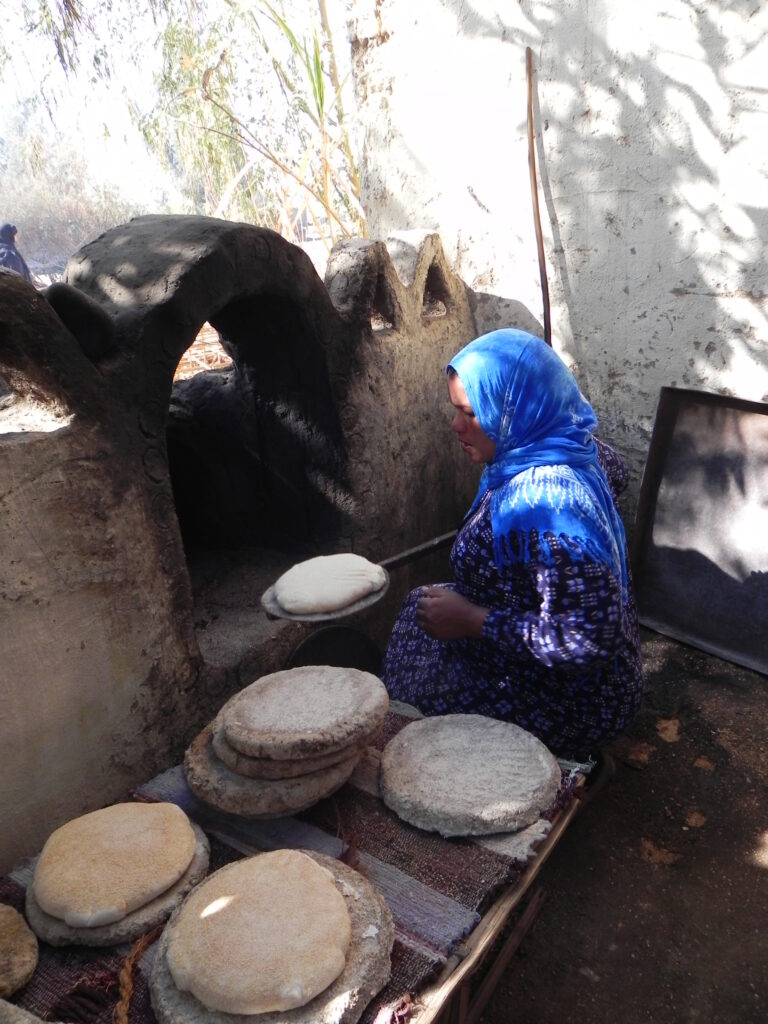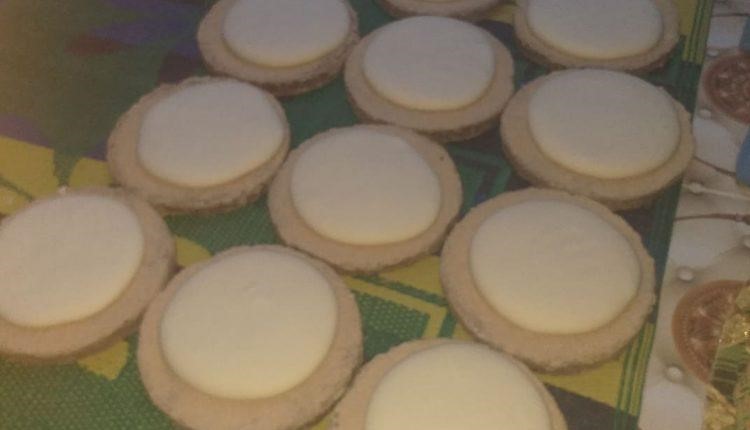In the timeless villages of Upper Egypt, solar bread — locally known as al-‘Esh Shamsy or baladi bread — has carried families through generations. Long before the arrival of state-run bakeries, this bread was the daily foundation of rural life. Villages in Luxor and Aswan depended entirely on it; every household baked its own supply. While cities moved on to standardized, government-produced loaves, many rural communities held onto this tradition — not only out of necessity, but out of pride, memory, and taste.
This bread is more than nourishment. It is a living ritual, a symbol of continuity, and a quiet statement of how culture, environment, and family shape what we eat — and how we share it.
The Ancient Method That Still Feeds the South
The craft of solar bread is simple in ingredients but profound in meaning. Generations have kept it alive with care and respect for natural rhythms:
The Ingredients: Pure wheat flour milled locally, a pinch of salt, fresh water, and natural yeast saved from previous doughs — no chemicals, no shortcuts.
The Process: The dough is kneaded by hand, shaped into rounds, and set beneath the open sun, where Upper Egypt’s warm rays trigger gentle fermentation. This sun-rising technique gives the bread both its name and its unique depth of flavor.
The Ovens: Fired in family-built clay or brick ovens inside rural homes, using wood or dried palm fronds as fuel, each batch carries the faint smokiness that no industrial bakery can reproduce.
Before government bakeries were introduced, this was the bread — the breakfast, the lunch companion, the dinner staple. Today, its survival is not about necessity alone; it is about preserving a rhythm of life that industrialization could not replace.
Meet the Descriptions
Texture: Soft, elastic, with a crisp outer layer kissed by fire.
Aroma: Fresh wheat mixed with the gentle smoke of rural ovens — a scent that fills entire courtyards and calls the family together.
Taste: Earthy, natural, slightly sweet, deeply satisfying, a flavor formed not by factories but by patience and sunlight.
Cultural Presence: Once universal in Upper Egypt, now treasured in select villages as a mark of authenticity and a source of local pride.
From Survival to Cultural Treasure
Solar bread has traveled a path from daily necessity to living heritage. In an era before mass production, every village woman was a baker; every household knew the rhythm of knead, rise, and bake. Today, some villages still prepare their loaves this way, while others rely on government bakeries — yet the identity tied to this bread remains powerful.
Cultural tourism has given it a new chapter. Travelers from across the world come not only for temples and tombs, but for authentic rural experiences:
Joining families in shaping and baking loaves.
Learning how bread was made long before modern infrastructure.
Tasting a piece of history that cities have long since replaced.
This simple round of bread now carries stories — of resilience, adaptation, and cultural pride — offering visitors more than food, but a genuine taste of Egyptian heritage.
Why It Still Matters
Solar bread is not a relic; it’s a living memory still eaten, still loved, still shared. It speaks of:
Continuity: A bridge between pre-industrial Egypt and modern times.
Health and authenticity: Whole wheat, naturally fermented, free from additives.
Community and identity: Bread made by hands, shared in circles, celebrated as part of who the people of Upper Egypt are.
Even as government bakeries dominate urban diets, the villages of Luxor and Aswan remind us that the soul of food lives where culture and care meet — under the same sun that once rose over Pharaohs and still rises over quiet courtyards filled with the smell of fresh bread.


